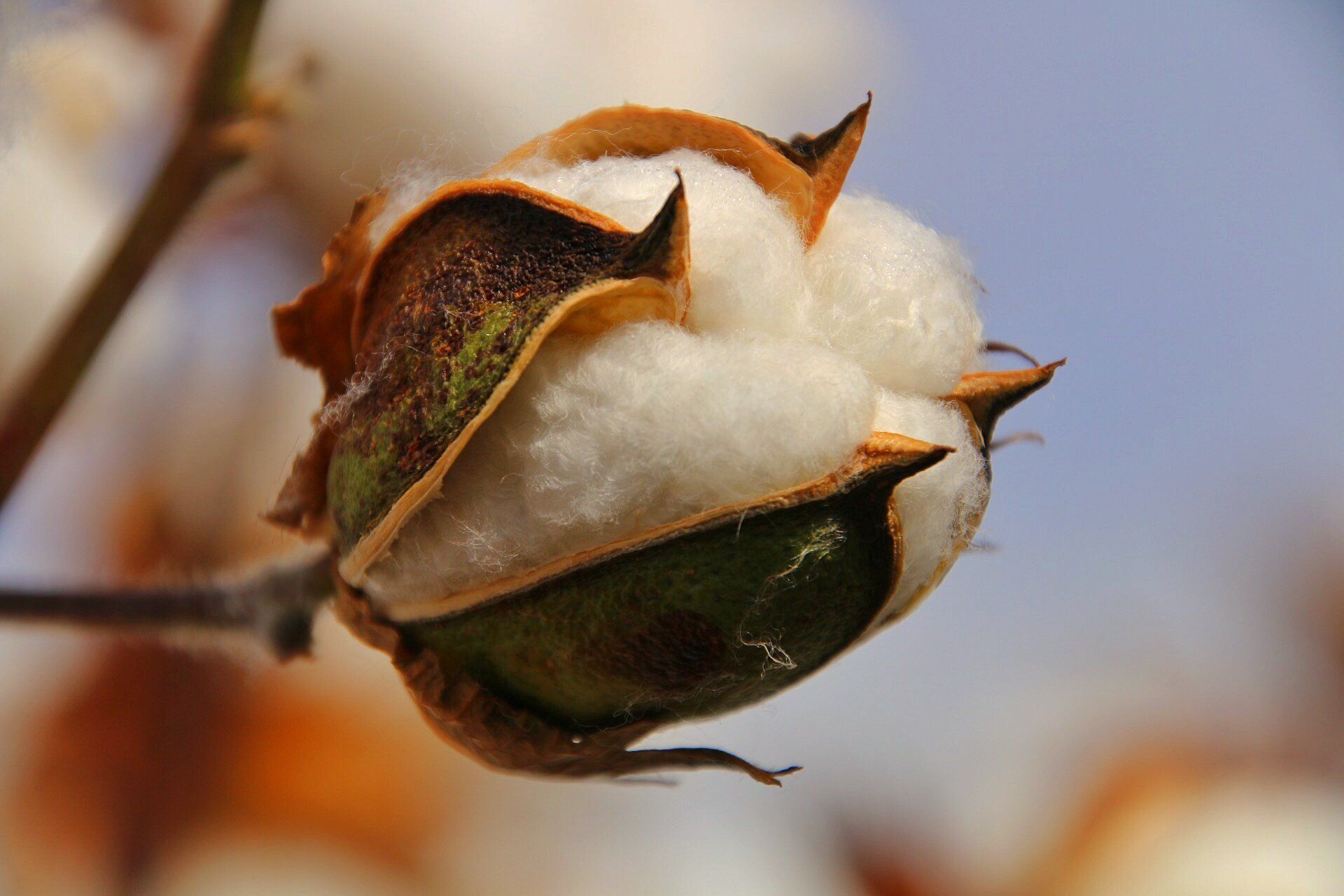WHY AUSTRALIA?
Australia presents several agricultural opportunities in a stable investment and regulatory environment. It has become an increasingly popular choice for agricultural investors due to many advantages.
Strategic location and trade links (e.g., proximity to Asian economies and distance from Europe and North America)
A professional farming community that represents an educated and reliable supply chain partner for international customers.
Strong economy experiencing rapid growth.
Free of many of insects and agricultural diseases found in other parts of the world.
Stable political environment and transparent legal system.
Diverse climate, rainfall patterns and soil types to allow for a wide range of agribusiness enterprises.
World-leaders in best management practice and superior regulatory frameworks that enforce Work Health and Safety and environmental sustainability.
A skilled workforce and fair employment conditions.
Continuous innovation in farm machinery and cropping technologies.
Capital appreciation, which has been historically proven over a significant period of time.

With prime agricultural land and value estimated to be worth more than $50 billion, Australia has produced some of the most diverse range of agricultural commodities in the world.
This ensures several enterprises can be undertaken to pursue maximum profits year on year.
Australia’s growth over the past 15 to 20 years has contributed to making its prime agricultural land highly sought after for foreign investment.
The crops produced from the land are also extremely well received on the global export market, with high demands for cropping and livestock.
With an increase in gross crop value from over $20 billion to almost $30 billion, and under $20 billion to almost $24 billion for livestock, Australia has the capability to feed the worlds growing population which is set to hit over 9 billion by 2050.

Foreign Investment
Investing in Australian farmland as a foreign entity can be a complex and challenging process. However, CFM possesses the expertise and strategic insight needed to navigate overseas investment seamlessly.
The Foreign Investment Review Board (FIRB) assesses foreign investment proposals in accordance with the Foreign Acquisitions and Takeovers Act 1975 and Australia’s foreign investment policies, advising the Treasurer on compliance and approvals.
With extensive experience in this space, CFM streamlines the process for investors, ensuring a smooth, efficient, and successful outcome.

Agribusiness
Proposed direct interest in an agribusiness require approval where the investment is more than $73 million.
Agricultural Land
Proposed investments in agricultural land requires approval from the FIRB where the cumulative value of a foreign persons holdings exceeds $15 million, with exceptions applying to investors from Australia's trade agreement partners.
CLIMATE & GEOGRAPHY
Queensland
Climate: Subtropical and tropical
Crop Production: 2.2 million hectares per annum, majority in the Southern and Eastern parts of the state.
Cropping
- Largest producer of sorghum and sugar.
- Significant producer of nut crops.
- Potential to be a major producer of pulses and cereals.
Livestock
- Australia’s largest producer and exporter of beef and the world’s largest exporter of live cattle.
New South Wales
Climate: Temperate
Crop Production: 6.7 million hectares per annum with crop production focused in the Eastern half of the state.
Cropping
- Well established irrigated agricultural sector, world leader in improving irrigation efficiencies.
- Australia’s largest producer and exporter of chickpeas and pulses and the nation’s largest producer of rice and cotton.
Livestock
- The nation’s largest producer and exporter of mutton, lamb, pork, and wool.
Northern Territory
Climate: Tropical in the north, arid and semi-arid in the south
Crop production: 20,000 hectares per annum.
Cropping
- Specialises in tropical fruits such as mangoes, melons, and bananas
- Growing interest in niche crops like chia, peanuts, and Asian vegetables
- Limited but emerging potential for irrigated agriculture in northern regions
Livestock
- Major contributor to Australia’s live cattle export industry, particularly to Southeast Asia
- Extensive cattle grazing operations on large pastoral leases
- Minimal sheep, pig, or poultry production due to climatic and logistical constraints
The Future
Australia is perfectly situated to meet the staggering increase in demand for quality and sustainable agricultural production.
Systems and solutions that manage agricultural activities have been instrumental in helping Australian farmers to improve productivity, increase operating efficiency and reduce costs.
Across Australia, producers are embracing technologies such as global positioning systems and farm management software that utilise the Internet of Things technology to manage livestock and crop production, harvesting, irrigation and record-keeping.





